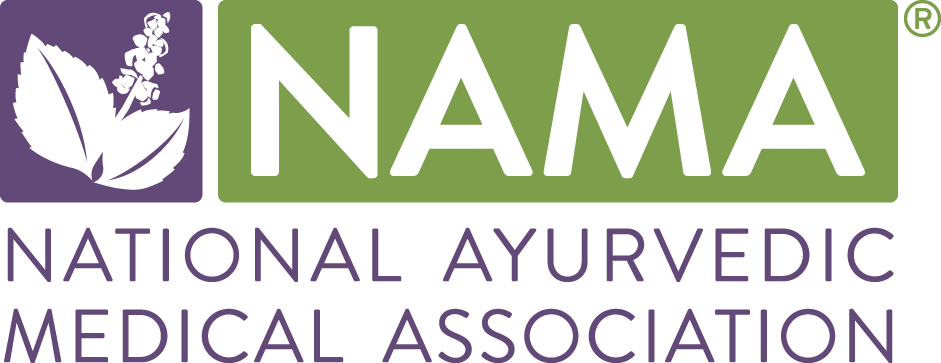Official Documents
As a NAMA member, we provide you will tools and tips to support you succeed in the profession. Below is a selection of the NAMA official documents and articles relevant to the profession and NAMA membership.
Governance Documents
Listed are the current governance documents including by-laws and Board and Member Policies:
By-laws Download Document →
NB 1.00 Duty of Loyalty_Conflict of Interest Amendment (coming soon)
NB 2.00 Committee Structure and Process (coming soon)
NB 3.00 Board Election Cycle (coming soon)
NB 3.10 Board Members Appointments (coming soon)
NB 4.10 Process for Remediation or Disciplinary Action for Board or Committee Members (coming soon)
NB 7.00 NAMA Policy for Dealing with Grievances Against Members (coming soon)
Code of Ethics
Please read the code of ethics each year to stay connected with the ethical practices of Ayurveda in the United States. We have provided you the full PDF of this document here so you can easily refer to it when in doubt. Download Document →
Scope of Practice
This Scope of Practice document covers the top three professional categories (Ayurvedic Health Counselor, Ayurvedic Practitioner and Ayurvedic Doctor) and articulates the differences between the three categories of Ayurvedic professionals. Download Document →
Grievance or Complaint Policy, Procedure and Submission Form
When a NAMA professional member finds another NAMA professional member or Organizational member has committed one of three potential breaches: unethical behavior, incompetence or impairment, then they may file a grievance/complaint form for the Ethics committee to review.
Review Forms - https://www.namacb.org/grievancecomplaint-procedure
AAC Educational Competency Guidelines
The Educational Outline for Competency is the framework for the curriculum offered in the schools and what is covered on the certification exam. The guidelines include four areas of concentration: Foundations of Ayurveda history and philosophy, concepts of Ayurveda, skills and competencies, recommendations, treatment and other interventions.
See AAC’s Educational Competency Guidelines and Program Hour Requirements →
Exam Study Guides
The NAMACB has developed a comprehensible study guide for each exam. Visit the NAMACB website to see study guides →
NAMACB Certification Handbook
The NAMACB Certification Handbook serves as the principal source of information for
applicants seeking certification as an Ayurvedic Health Counselor or an Ayurvedic Practitioner and the process for maintaining one’s board certification. Among other things, it provides eligibility requirements, application procedures, fees, exam registration, exam content, exam administration, the policy on accommodations for candidates who meet the requirements of the Americans with Disabilities Act, and professional ethics and disciplinary procedures. Go to the NAMACB website to see the Candidate Handbook →
PACE Guidelines
All professional members are required to complete a 30 Professional Ayurvedic Continuing Education (PACE) credits each 2-year cycle (e.g., 2020-2021). Please refer to the PACE credit requirements below:
Ethics quiz: 2 credits Code of Ethics →
Options to earn 28 course credits see the PACE page →
Find courses to take see the PACE Listings page →
Nama MEMBER Logos
NAMA has member logos for all membership categories. Demonstrate your professionalism and use the logo on your website, LinkedIn page, business Facebook page, letterhead, email signature line, and more. Email us at nama@ayurvedanama.org to request your logo. Logos are available for: Professional Members; General Members; Student Members; and Organizational Members.
Make the most of your NAMa profile
We have taken the time to compile a list of business development resources for you to refer to when needed. These tools include design services, printing services, website hosting services and more. Please note we are not in affiliation with these companies, we have merely found them to be valuable resources that we wanted to share with our community. Visit Page →



